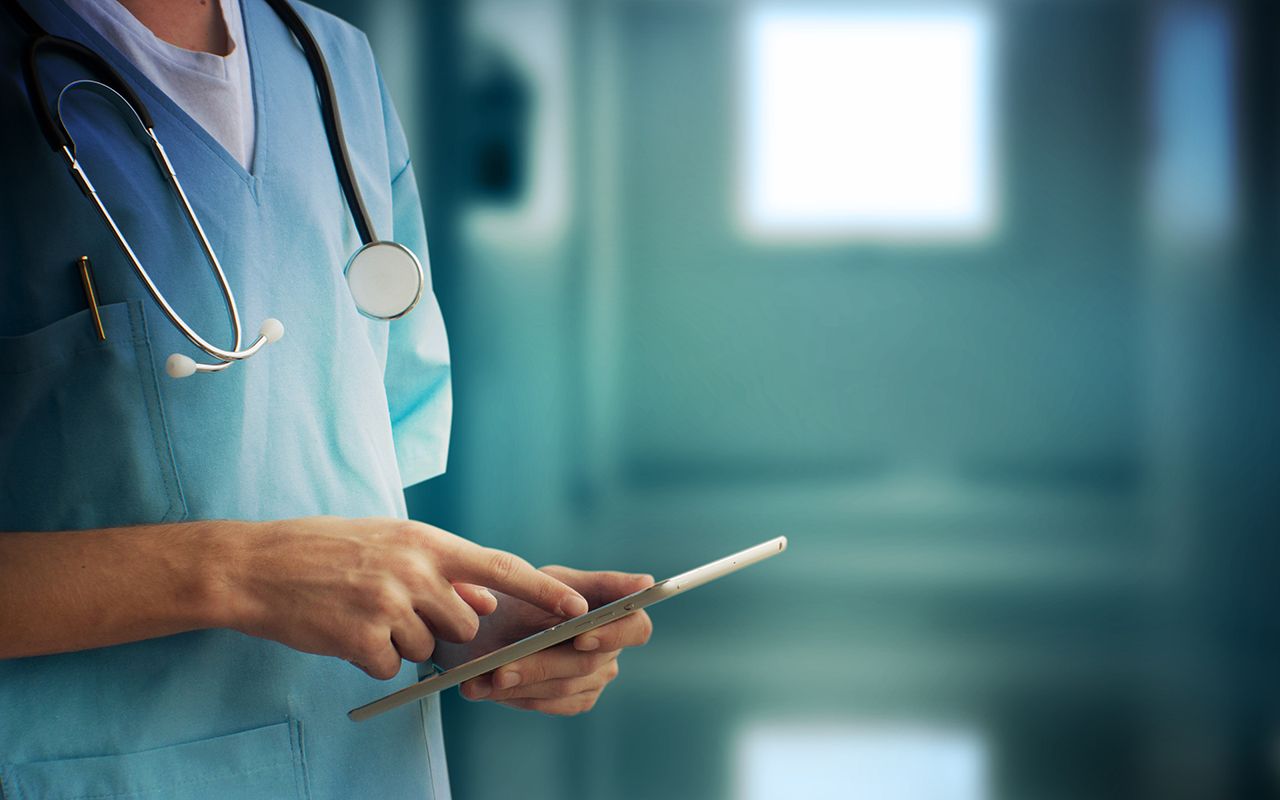Introduction to RPM Health
Remote Patient Monitoring (RPM) health is transforming the way healthcare providers deliver care. By leveraging technology, Rpm health tools allow clinicians to monitor patients’ vital signs, medication adherence, and overall health status in real time. This approach enhances patient outcomes by enabling timely interventions and personalized care plans. Healthcare facilities are increasingly adopting RPM health solutions to improve efficiency, reduce hospital readmissions, and enhance patient satisfaction.
Key Benefits of RPM Health Tools
RPM health tools provide numerous advantages for both patients and healthcare providers. One significant benefit is improved chronic disease management. Patients with conditions such as diabetes, hypertension, or heart disease can be closely monitored, ensuring that their treatment plans are effective. Additionally, RPM health systems allow for early detection of potential complications, reducing the need for emergency care. This continuous monitoring improves patient engagement, adherence to treatment plans, and overall health outcomes.
How RPM Health Enhances Patient Engagement
Patient engagement is a critical factor in achieving positive health outcomes. RPM health platforms empower patients to take an active role in their care. Through wearable devices, mobile apps, and connected sensors, patients can track their vital signs and receive feedback from their healthcare providers. This active involvement encourages patients to follow prescribed treatments and make healthier lifestyle choices. As a result, RPM health not only monitors patients but also motivates them to participate in their own care.
RPM Health in Chronic Disease Management
Managing chronic diseases requires continuous monitoring and timely interventions. RPM health tools allow healthcare providers to collect real-time data on patients’ conditions, enabling them to adjust treatment plans promptly. For example, RPM health systems can alert providers if a patient’s blood pressure or glucose levels exceed safe limits. This proactive approach reduces complications and hospital admissions while enhancing overall patient outcomes. Patients benefit from personalized care that is both responsive and preventive.
Integration of RPM Health in Modern Clinics
Modern clinics are integrating RPM health tools into their standard care practices. Electronic health records (EHR) can be linked with RPM health platforms, providing a comprehensive view of patient health. This integration streamlines workflows, improves communication among care teams, and ensures that critical health data is accessible when needed. Clinics adopting RPM health technologies experience improved efficiency, reduced operational costs, and better patient satisfaction.
Technology Behind RPM Health Tools
RPM health tools utilize a range of technologies, including wearable devices, remote sensors, and cloud-based platforms. Wearable devices track vital signs such as heart rate, blood pressure, and oxygen saturation. Remote sensors can monitor medication adherence, sleep patterns, and physical activity. Cloud-based platforms aggregate and analyze this data, providing healthcare providers with actionable insights. The combination of these technologies makes RPM health a powerful tool for enhancing patient outcomes.
Personalized Care Through RPM Health
One of the most important aspects of RPM health is its ability to deliver personalized care. Each patient’s data is unique, and RPM health tools analyze this information to tailor treatment plans. Providers can identify trends, predict potential health risks, and intervene before problems escalate. Personalized RPM health care ensures that patients receive the right treatment at the right time, improving adherence, satisfaction, and long-term health outcomes.
Reducing Hospital Readmissions with RPM Health
Hospital readmissions are costly and often preventable. RPM health tools help reduce readmissions by closely monitoring patients after discharge. Providers can detect early signs of deterioration, adjust medications, and provide timely interventions. This continuous oversight ensures that patients remain stable at home and avoid unnecessary hospital visits. By implementing RPM health programs, healthcare systems can achieve better patient outcomes and significant cost savings.
Overcoming Challenges in RPM Health Implementation
Despite its benefits, RPM health implementation can face challenges, including technology adoption, data security, and patient compliance. Healthcare providers must ensure that patients are comfortable using RPM health devices and understand the importance of regular monitoring. Additionally, secure data transmission and compliance with privacy regulations are essential. Addressing these challenges effectively allows clinics to fully leverage RPM health tools and maximize their impact on patient outcomes.
Future of RPM Health in Patient Care
The future of RPM health is promising, with advancements in artificial intelligence, machine learning, and telemedicine enhancing its capabilities. AI-driven RPM health systems can predict health events, optimize treatment plans, and provide more precise interventions. As technology evolves, RPM health will continue to improve patient outcomes, streamline clinical workflows, and redefine the standard of care. Clinics embracing RPM health tools today are positioning themselves at the forefront of modern healthcare innovation.
Conclusion
RPM health tools are revolutionizing patient care by providing continuous monitoring, personalized treatment, and enhanced engagement. From chronic disease management to reducing hospital readmissions, the benefits of RPM health are clear. Clinics integrating these tools are experiencing improved patient outcomes, operational efficiency, and overall satisfaction. As technology advances, RPM health will play an increasingly central role in delivering high-quality, patient-centered care. Implementing RPM health solutions is not just an investment in technology—it is an investment in the future of healthcare.


